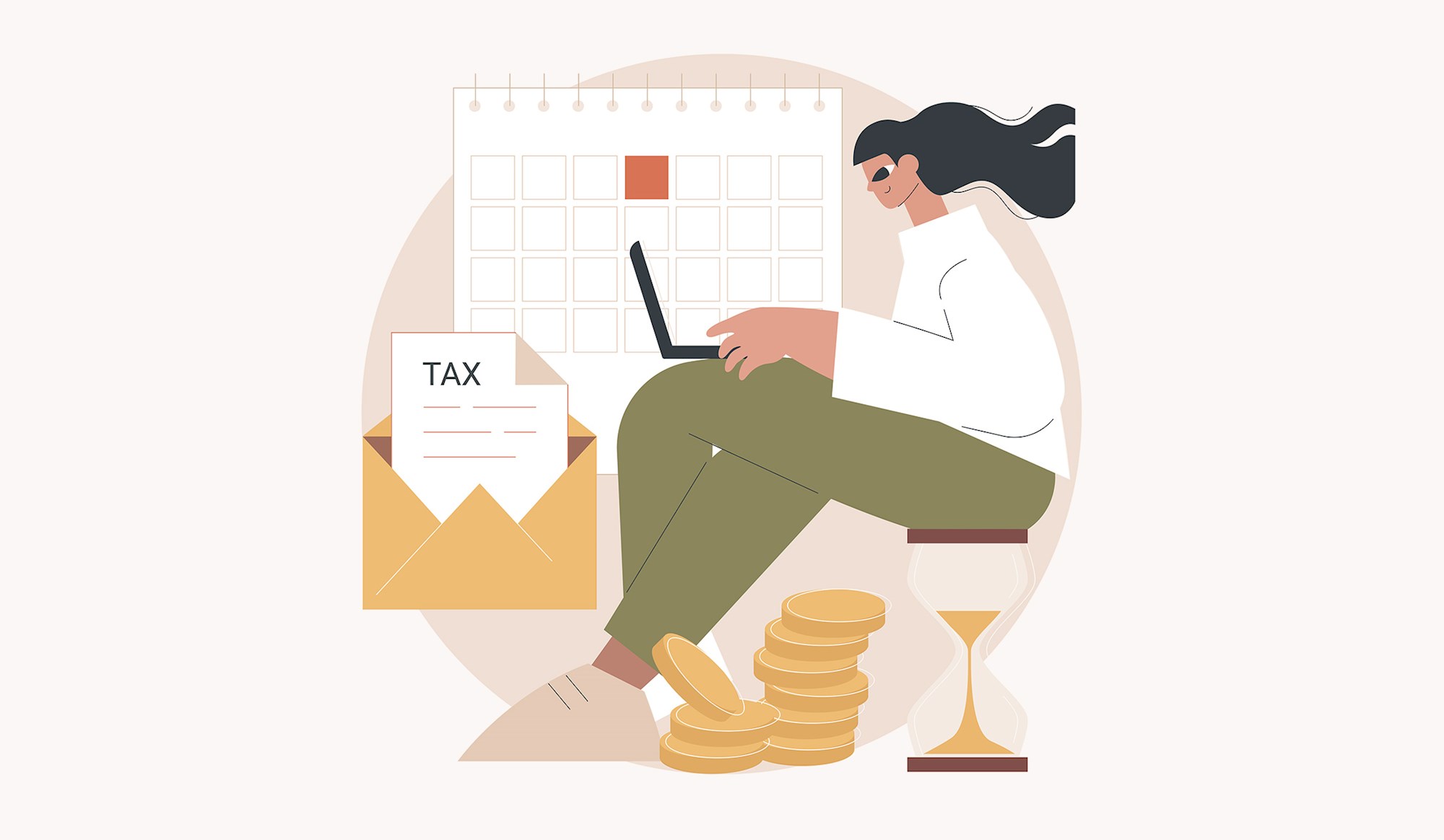
Taxes Made Simple: Your Stress-Free Step-by-Step Guide for Beginners
4/11/2025
Filing your taxes might sound overwhelming, but it doesn’t have to be! Over 50% of Americans find tax season stressful—but with the right steps, you can file easily and even maximize your refund. Here’s how to get it done without a headache.
1. Do You Need to File Taxes?
If you had a job, did freelance work, or made money from a side hustle, you likely need to file. The IRS website has a tool to check if your income meets the filing requirements. Don’t skip this step—it could save you money or prevent penalties! Check IRS Filing Requirements
2. Gather Your Tax Documents
- W-2 Form – If you have a regular job, your employer will send this to you, showing your total earnings and taxes already withheld.
- 1099 Forms – If you’re a freelancer, gig worker, or side hustler, you may receive one or more 1099 forms detailing your income.
- Receipts & Deductions – Save records for expenses like school costs, business supplies, and medical expenses. These may qualify for tax deductions or credits, lowering how much you owe. Learn About Tax Deductions
3. Choose the Best Way to File
- Do It Yourself – Use tax software like TurboTax, H&R Block, or the IRS Free File program to make filing easier.
- Hire a Tax Professional – If your taxes are complicated (e.g., multiple income streams or deductions), an expert can help.
- Use Free Tax Help – If you earn below a certain amount, programs like VITA (Volunteer Income Tax Assistance) offer free filing assistance.
4. File Your Taxes on Time
- Filing early means getting your refund faster!
- If you owe money, you’ll see the amount due when you file.
- Tax Deadline: Don’t miss the IRS tax deadline (usually April 15) to avoid late fees. Check the Tax Deadline
5. Pay Any Taxes You Owe
- Pay online through the IRS website using a debit/credit card, bank transfer, or check.
- Can’t pay in full? The IRS offers payment plans to break it up into smaller amounts.
6. Keep a Copy for Your Records
Always save a digital or paper copy of your tax return for at least three years. You might need it for future reference or if the IRS requests additional information.
Want more tips? Explore our blog!